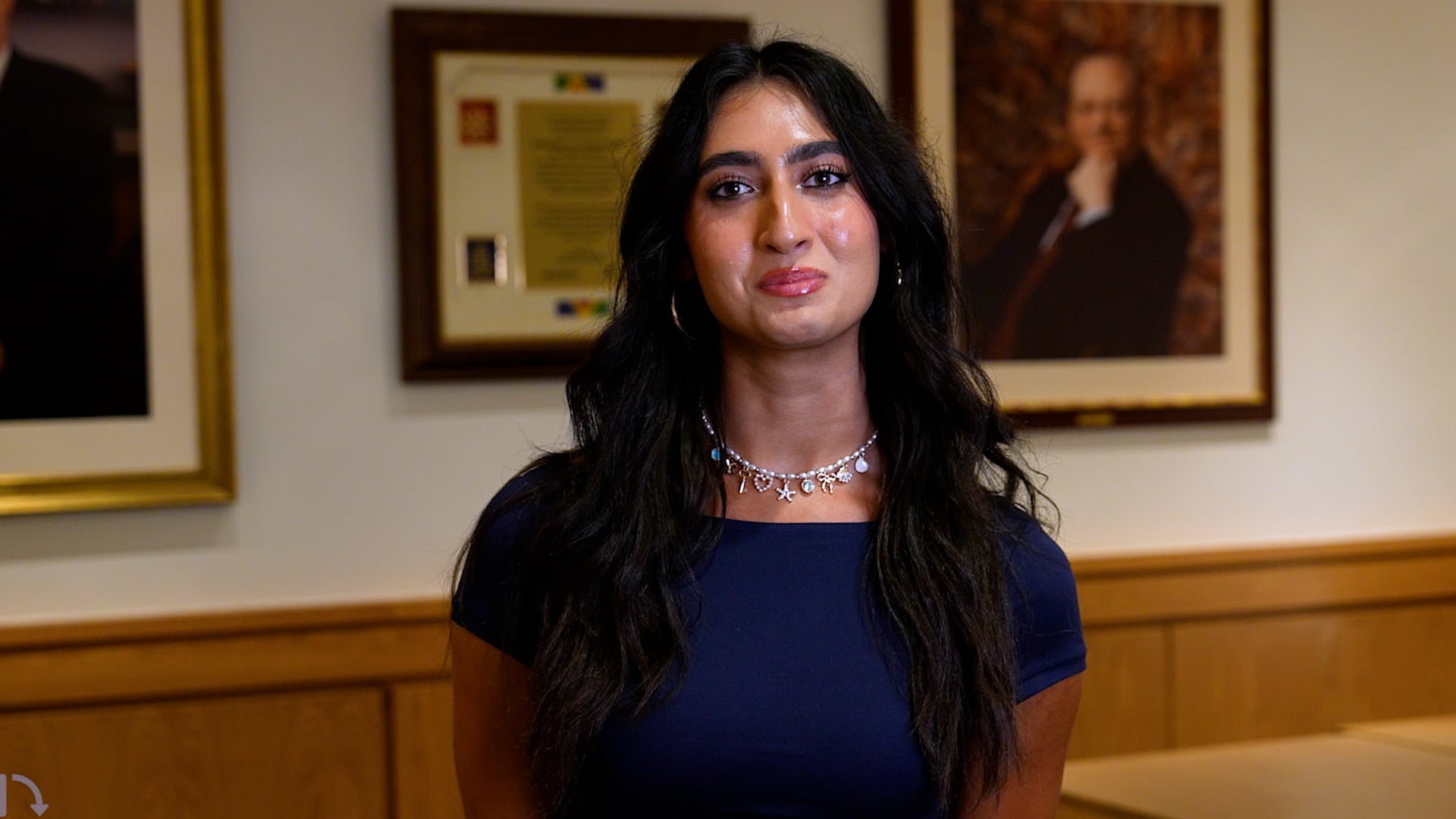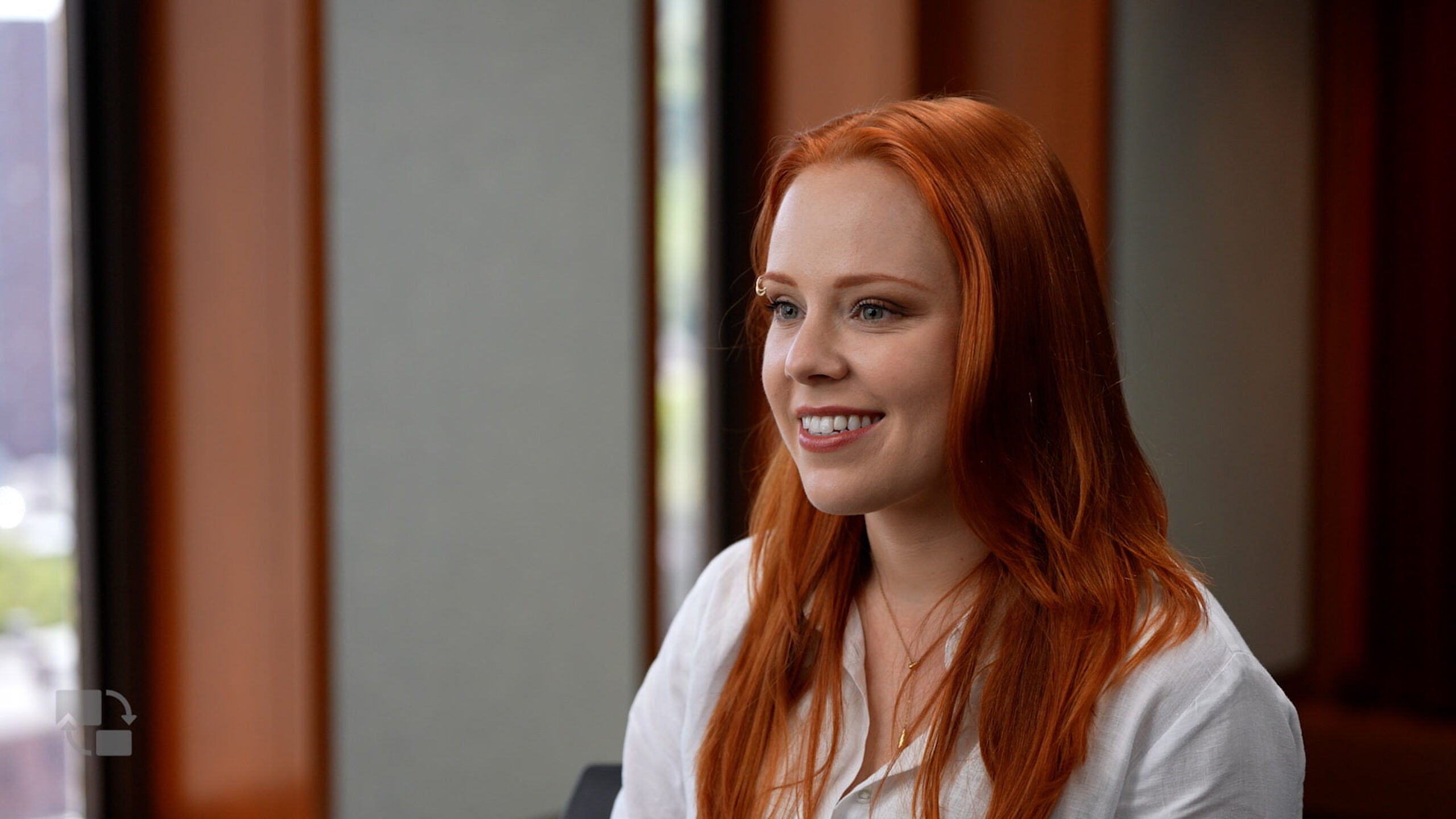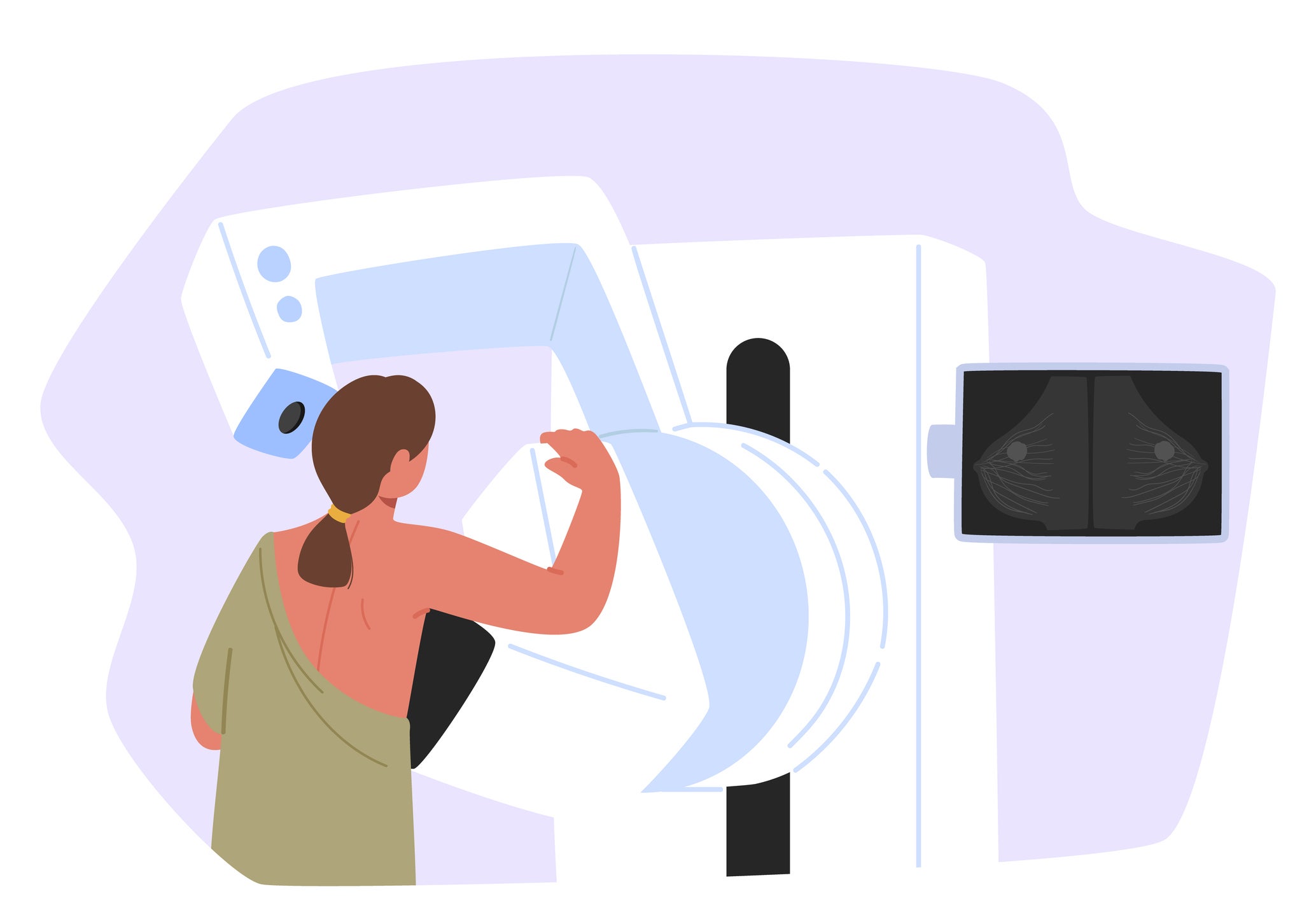‘Boot camp’ draws researchers focused on environmental health disparities

November 4, 2021 – A group of scientists from across the U.S. took a deep dive into the foundations of environmental justice research during a new two-day intensive course that focused on uncovering the roots of environmental health disparities and highlighting real-world solutions.
The “boot camp,” held virtually in August, was co-hosted by the Harvard Chan-NIEHS (National Institute of Environmental Health Sciences) Center for Environmental Health as well as affiliated NIEHS centers at the Columbia Mailman School of Public Health and the University of California San Francisco. Tamarra James-Todd, Mark and Catherine Winkler Associate Professor of Environmental Reproductive Epidemiology at Harvard T.H. Chan School of Public Health, was a co-director of the course.
“Built into environmental justice is the need to identify a problem and develop or design a solution that can be testable and improved upon,” said James-Todd, whose own research has focused on how chemicals in personal care products may harm women’s reproductive health. “Much of environmental health disparities research is descriptive—documenting disparities based on things like social or geographic factors—but at some point it’s important to stop documenting and start doing. Environmental justice research doesn’t just ask the ‘what, where, when, and how’ questions. It also asks questions like why are there differences in environmental exposures, whether these exposure differences are linked to disease burden between groups, and what we can do about it.”
Interest in conducting research from an environmental justice standpoint has grown in recent years, as numerous studies have shown that environmental factors—including dirty water and air, toxic metals and chemicals, unhealthy food, subpar housing, and lack of green space in neighborhoods—may be contributing to racial, ethnic, and socioeconomic disparities in health outcomes. For example, studies have shown disproportionately high rates of asthma, obesity, pregnancy complications, cancer, and cardiovascular disease among people of color and low-income communities.
From documenting to doing
The boot camp was aimed at investigators at all stages of their careers and was taught by experts in environmental health, sociology, epidemiology, health policy, biostatistics, and community engagement. It covered topics such as how to design studies that effectively evaluate environmental health disparities and how to maximize the impact of the research. The course also included case studies and meet-and-greets with environmental justice experts.
The course was originally capped at 40 students, but organizers allowed in an additional 20, James-Todd said. “Our wait list was ridiculously long,” she said. “It was longer than our acceptance list.”
Lisa Frueh, MPH ’20, who works as a research assistant at Harvard Chan School’s NIEHS Center, noted that the speakers emphasized the importance of creating community partnerships and working with the government sector to conduct environmental justice research. “The takeaway was that it’s important to make sure your research gets to the people who may benefit from its findings, or is done in collaboration with them.”
It was helpful to hear examples from experts on how they incorporated environmental justice methods into their research, said Melissa Fiffer, a doctoral student in environmental epidemiology and co-president of the Harvard Chan Environmental Justice Student Organization. She cited one case study—from Joan Casey, an environmental epidemiologist at Columbia, who co-led the boot camp with James-Todd—that focused on disparities in exposure to toxins from oil and gas wells in Oklahoma.
A typical way to study this would be to simply look for differences in exposure across income, racial, or ethnic groups, Fiffer noted. “But another strategy might be to study whether disparities would decrease if there was an intervention to regulate the number of wells in these communities,” she said. “We got the background on how to conceptualize this research question as well as the chance to think about what methods you would choose to address it.”
WinterSession course planned
Planning is underway at Harvard Chan School for a two-week WinterSession course that, like the boot camp, will offer an introduction to environmental justice. The course will be co-taught by James-Todd, Gary Adamkiewicz, associate professor of environmental health and exposure disparities, and Zachary Nagel, assistant professor of radiation biology. “Our students were very thirsty for this,” said James-Todd.
Fiffer is excited about the new course. She said that knowing more about how to frame research questions from an environmental justice perspective can affect how to design a study and how to potentially use findings to support policymakers or community groups in taking concrete actions to lessen disparities. “That’s why this is so important,” she said.
photo: Kent Dayton


